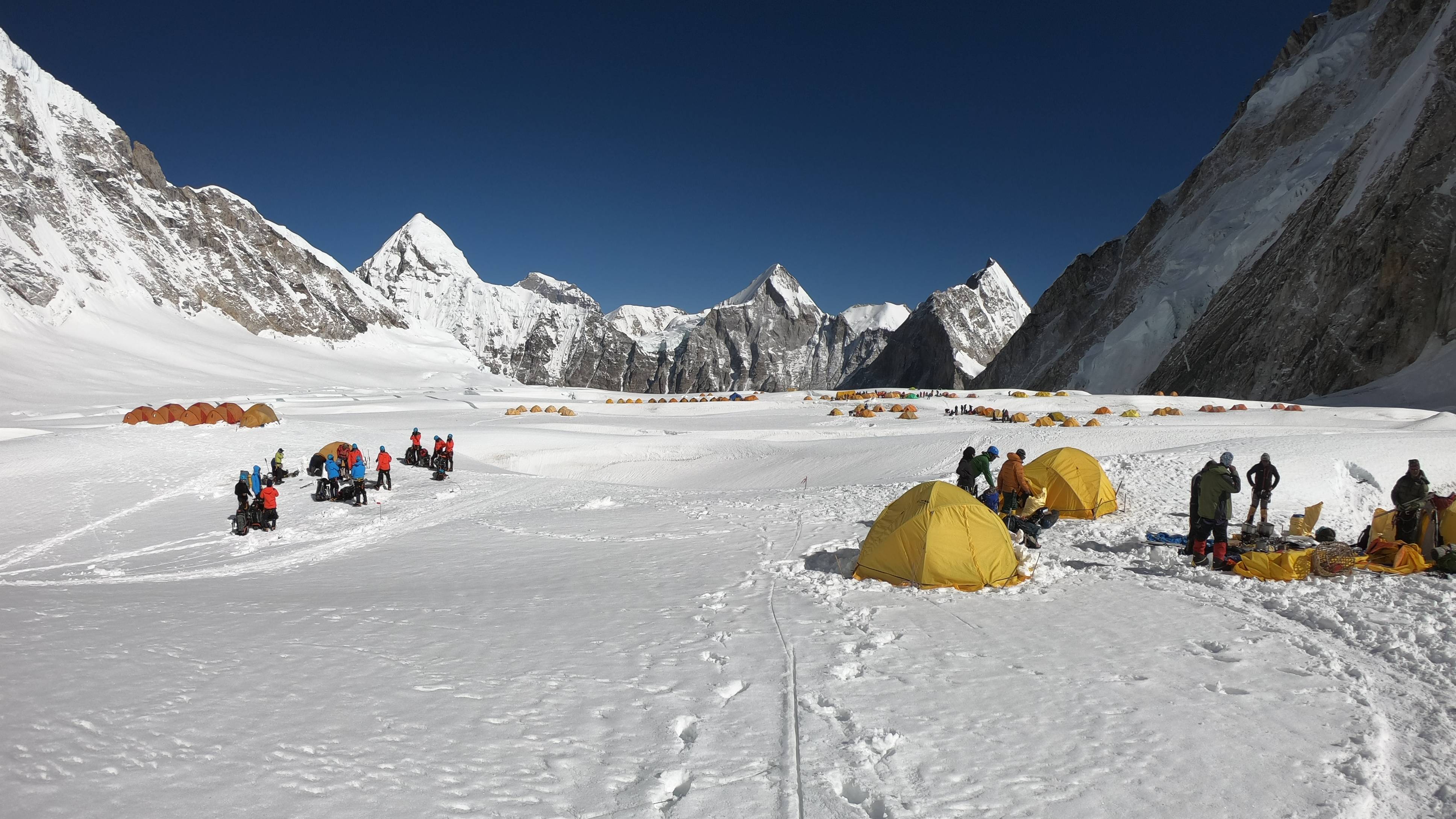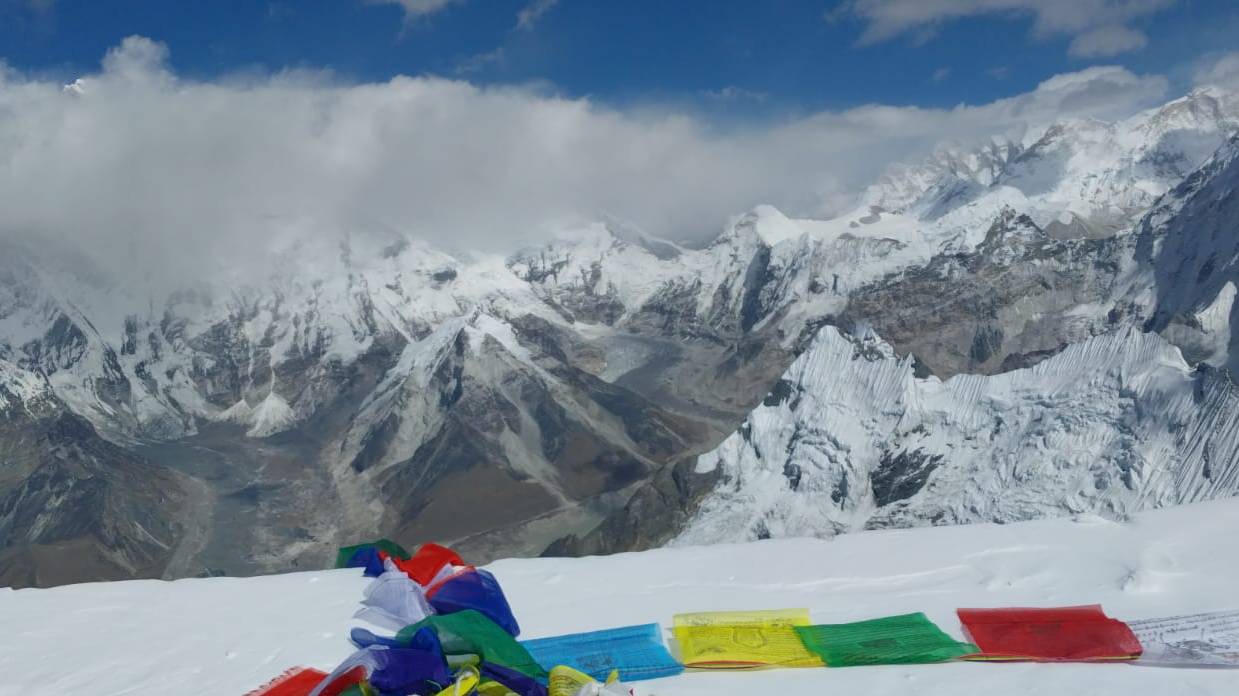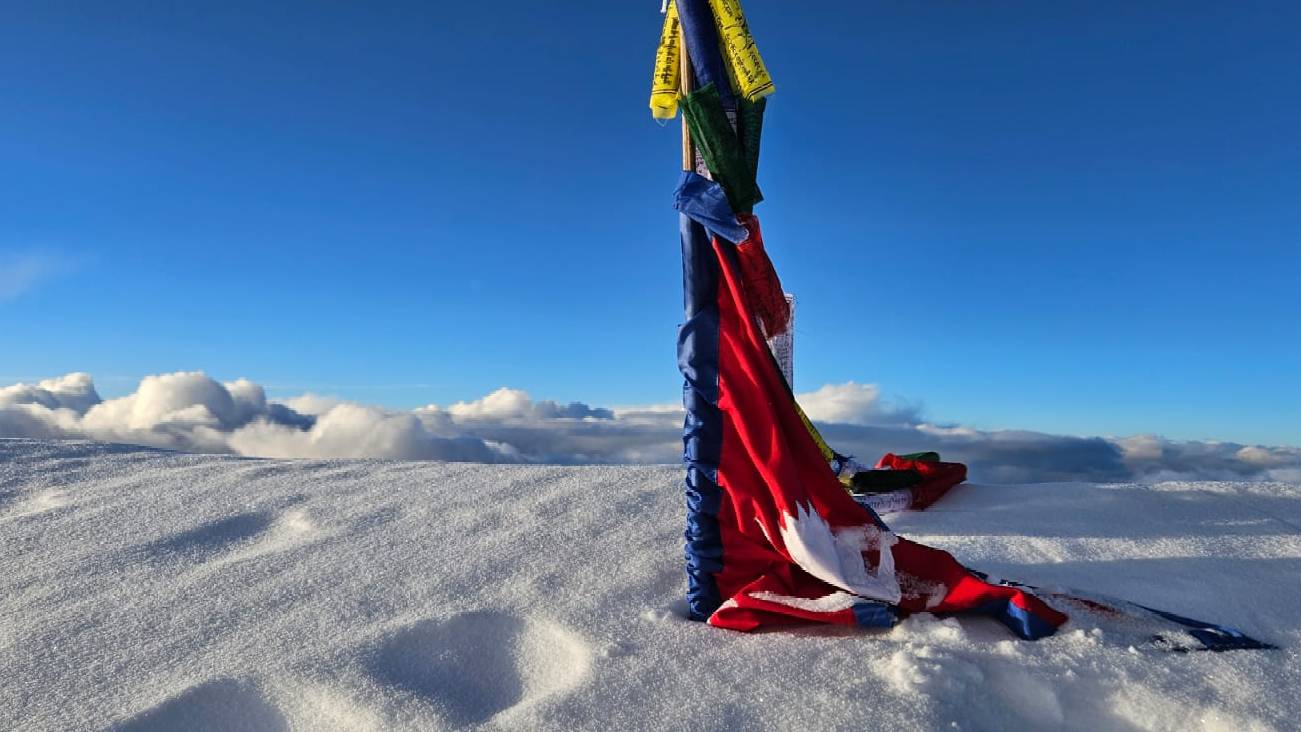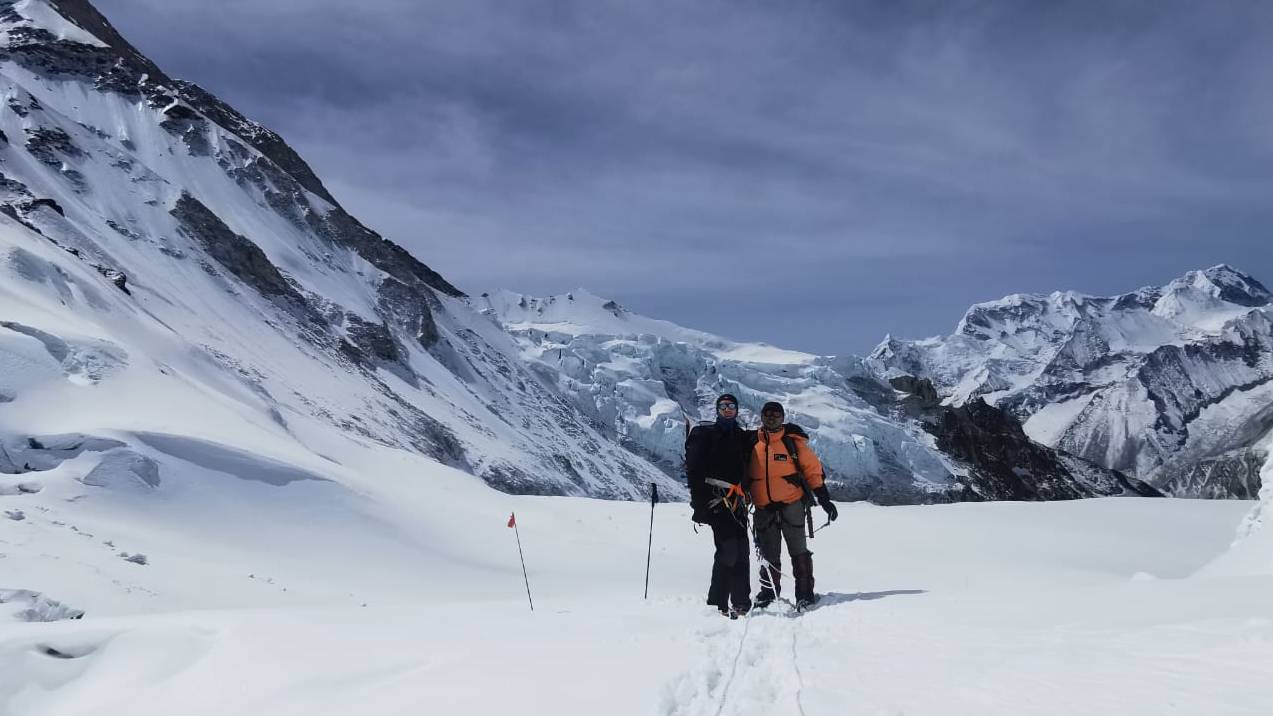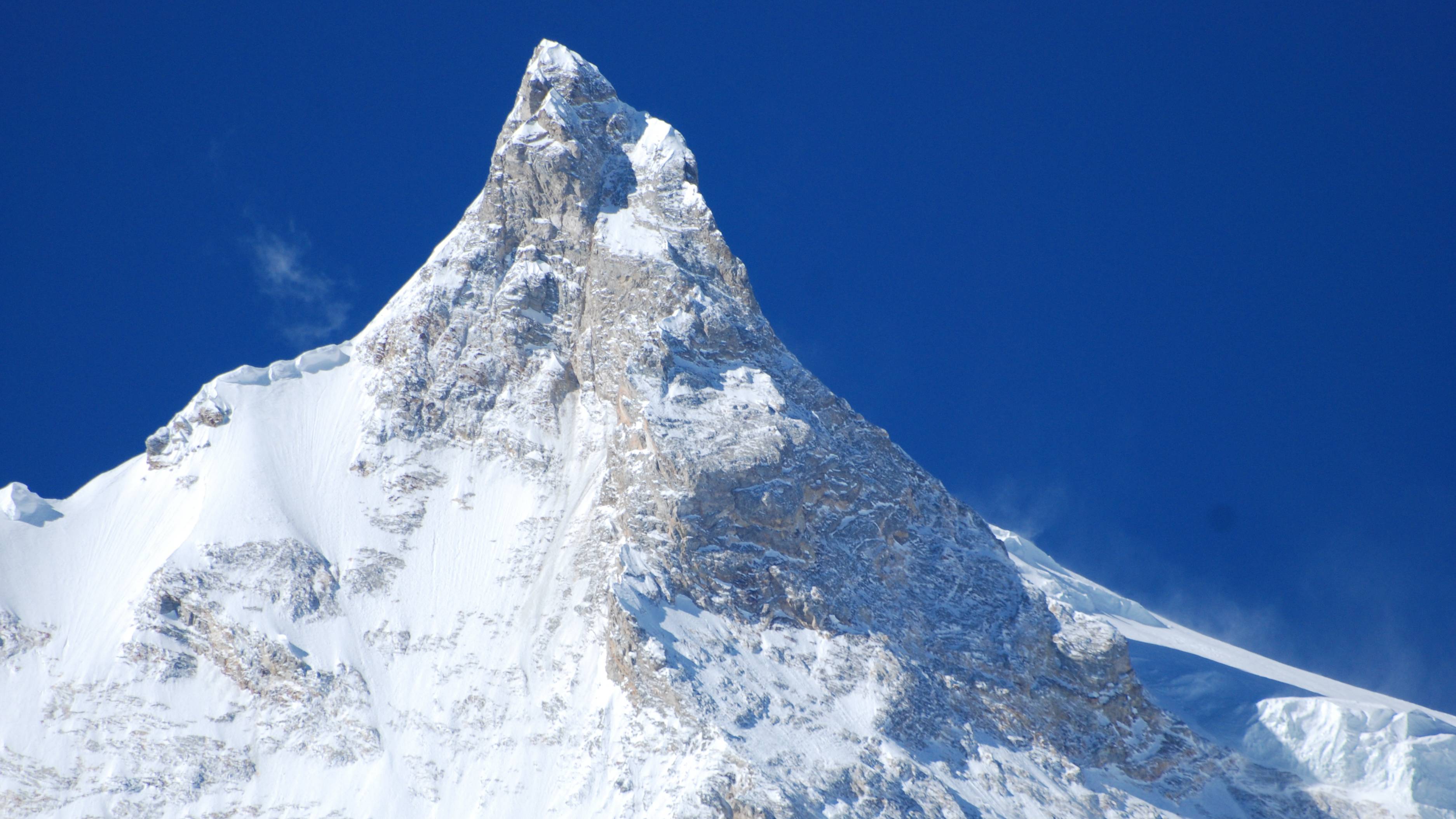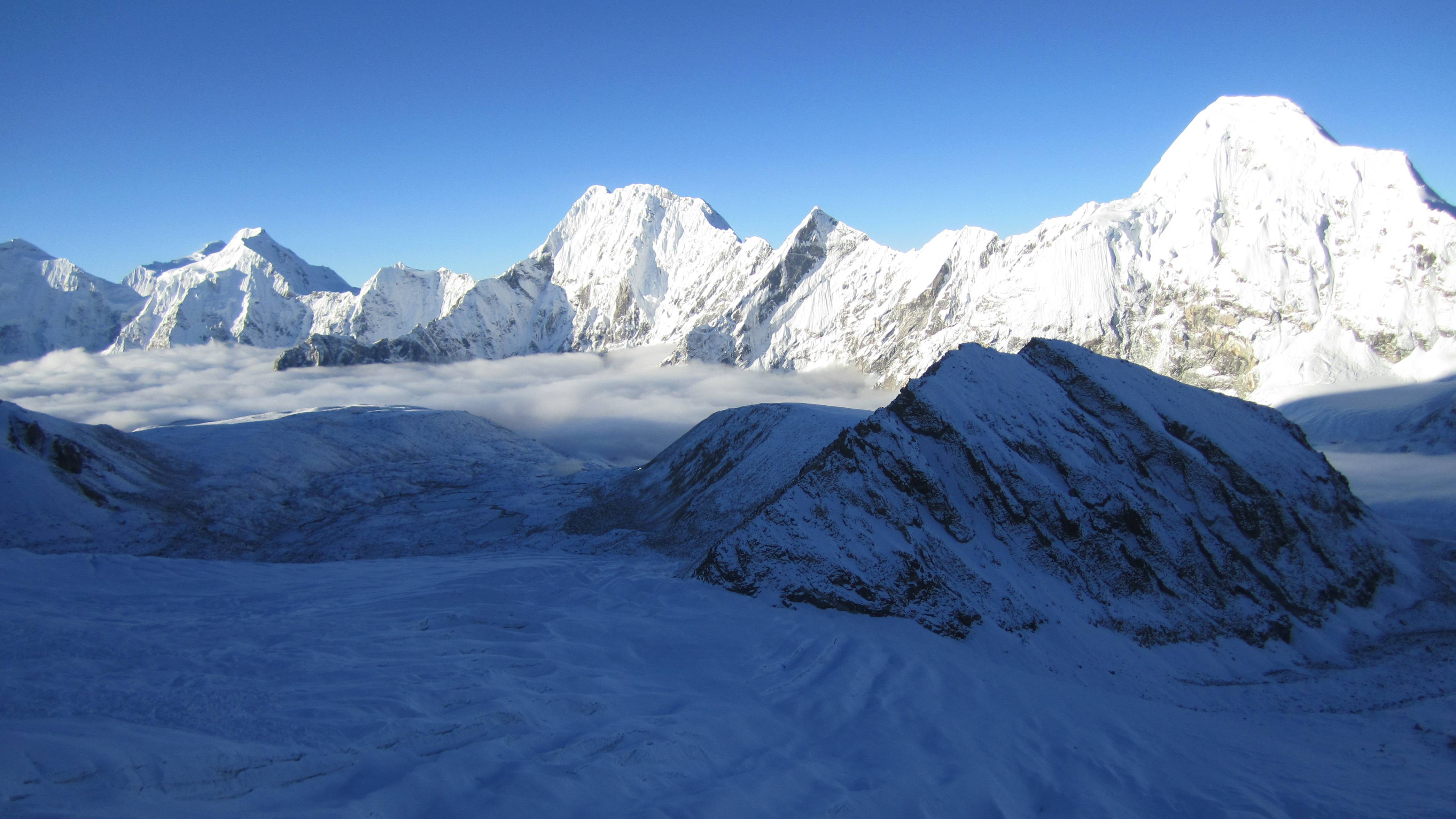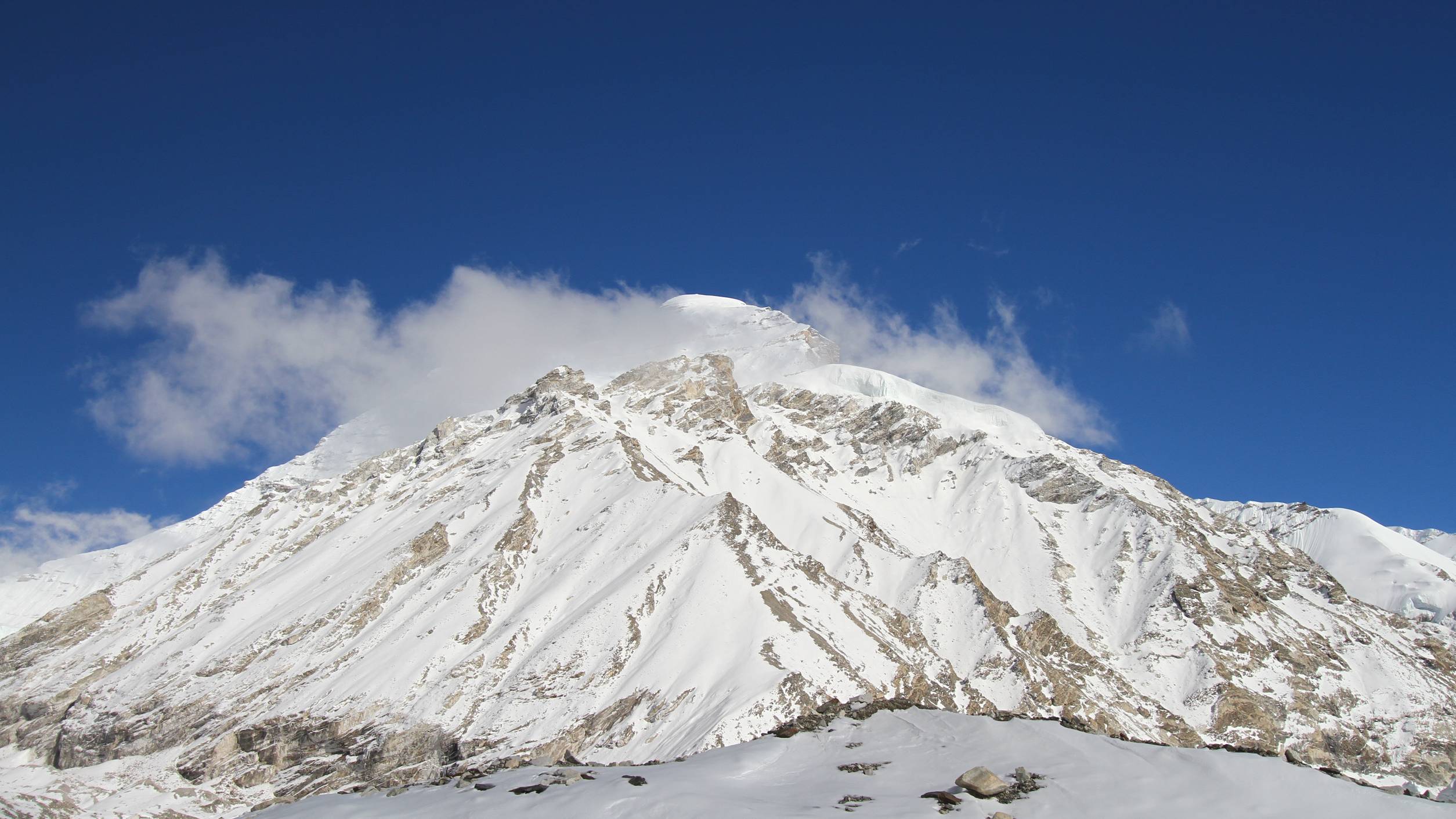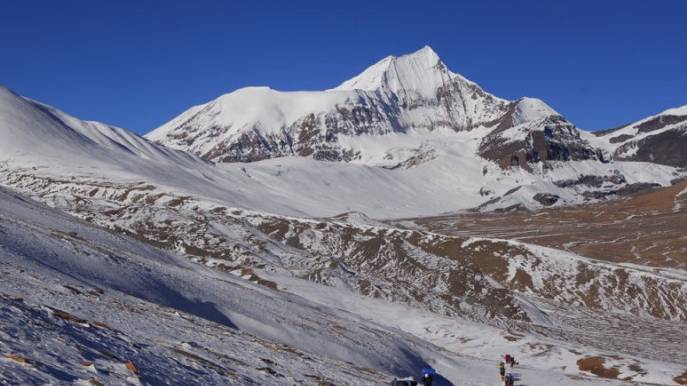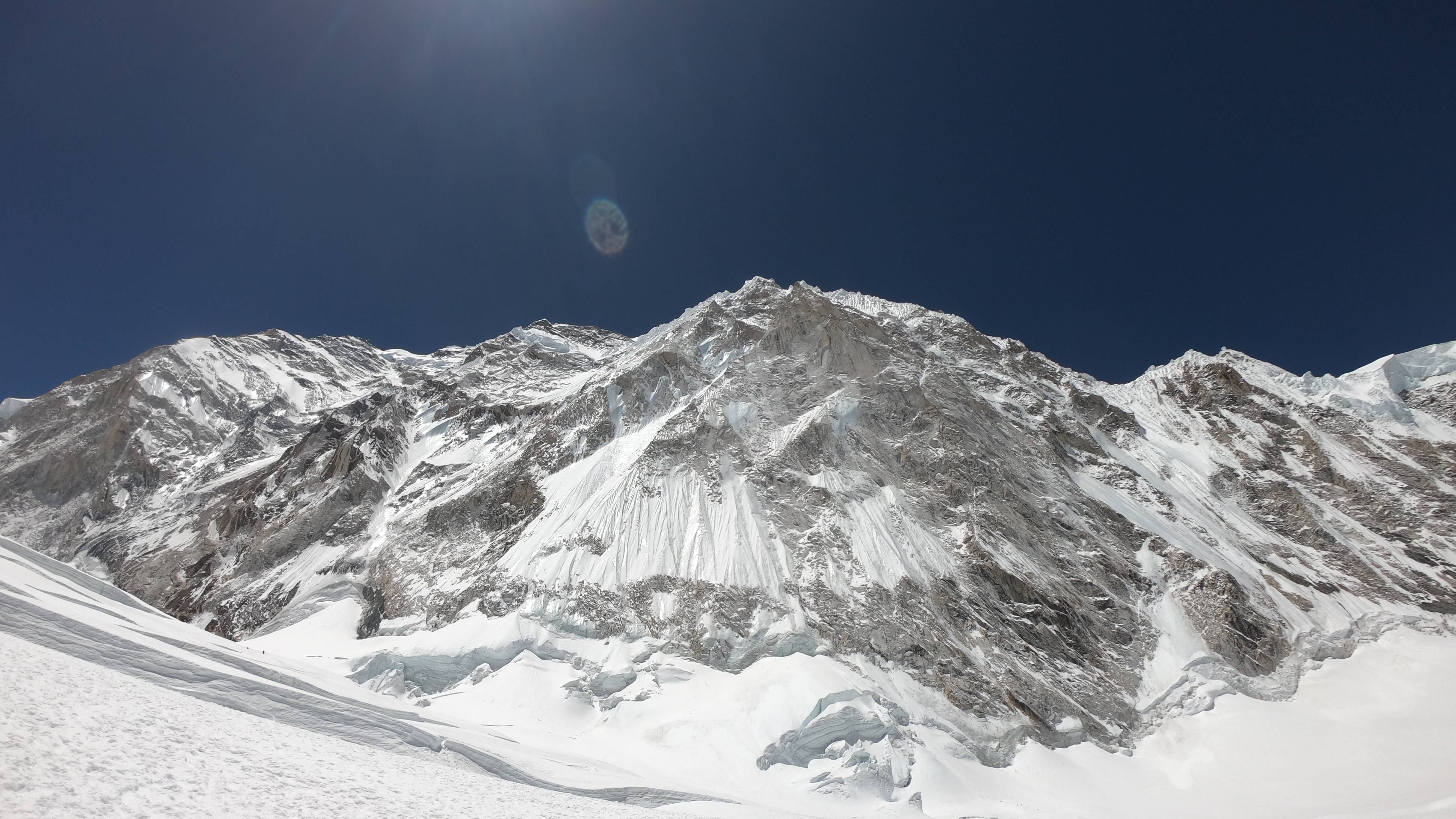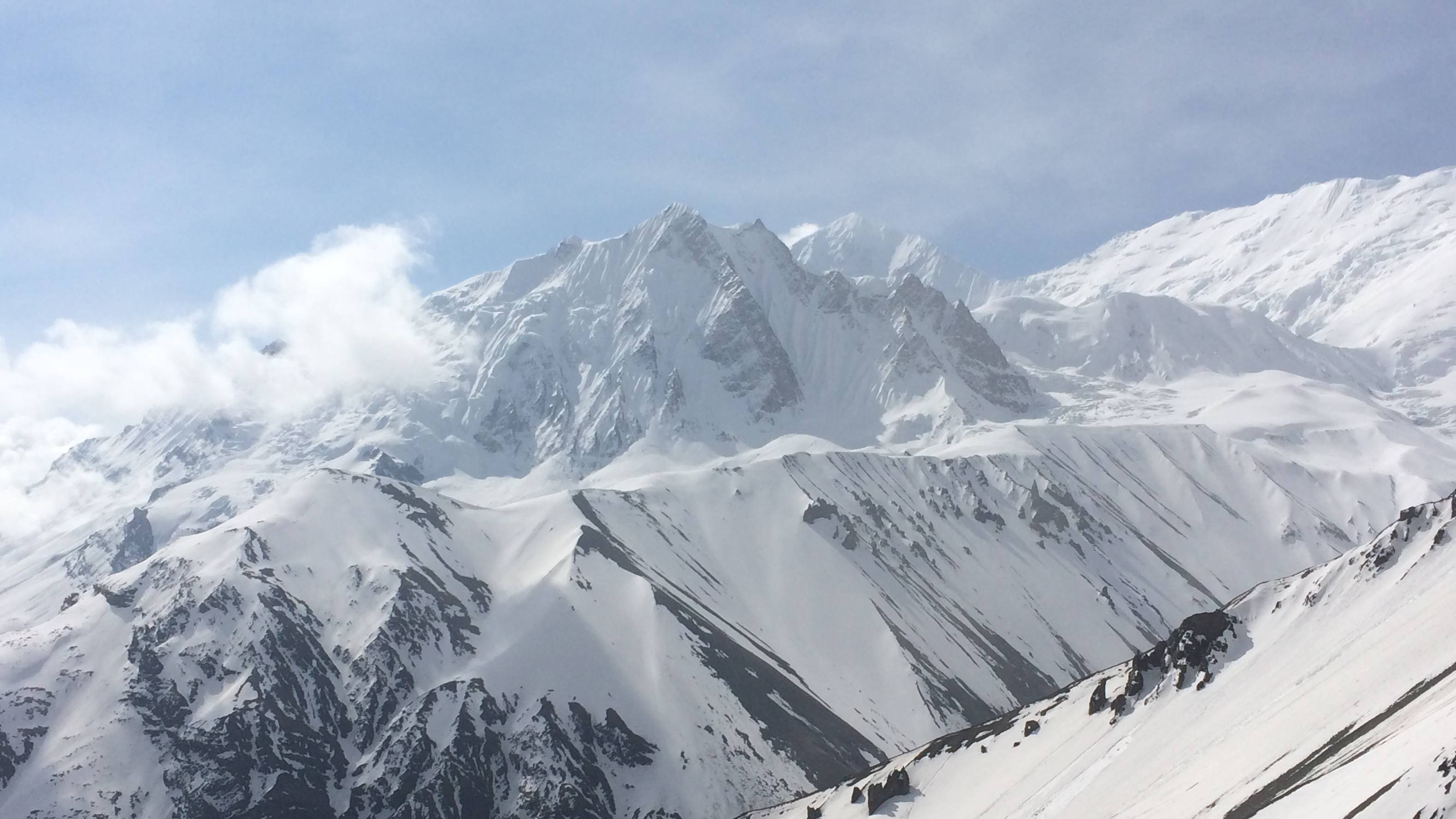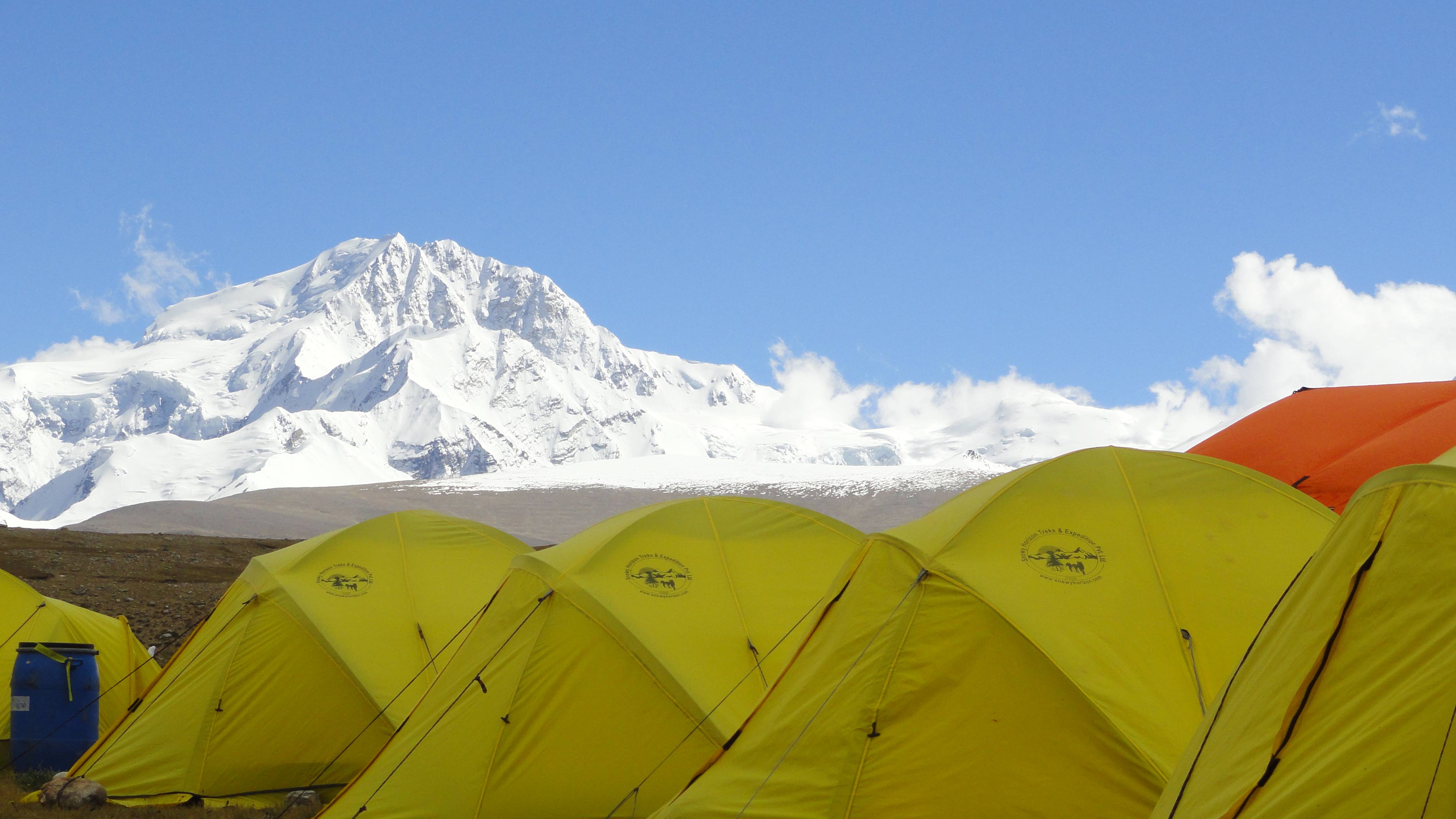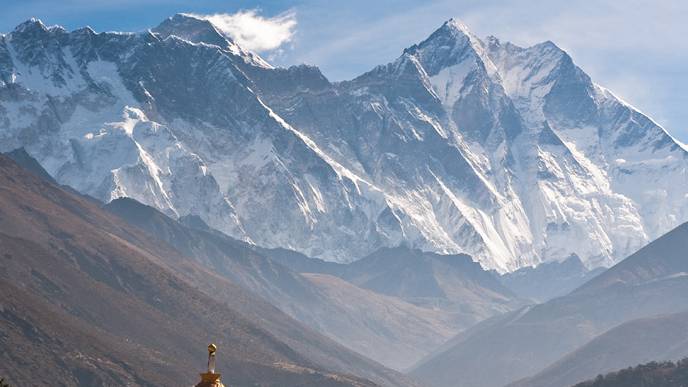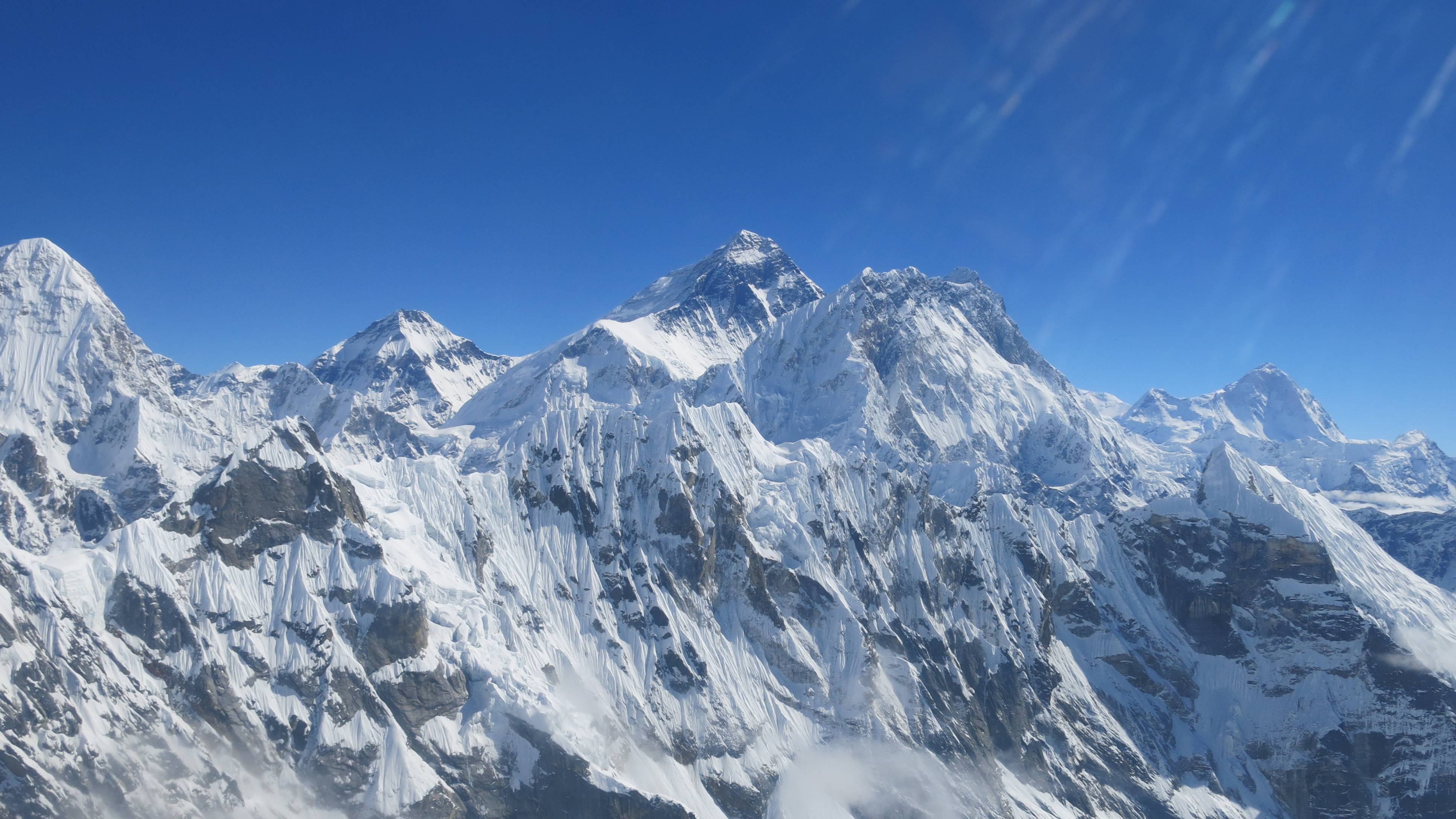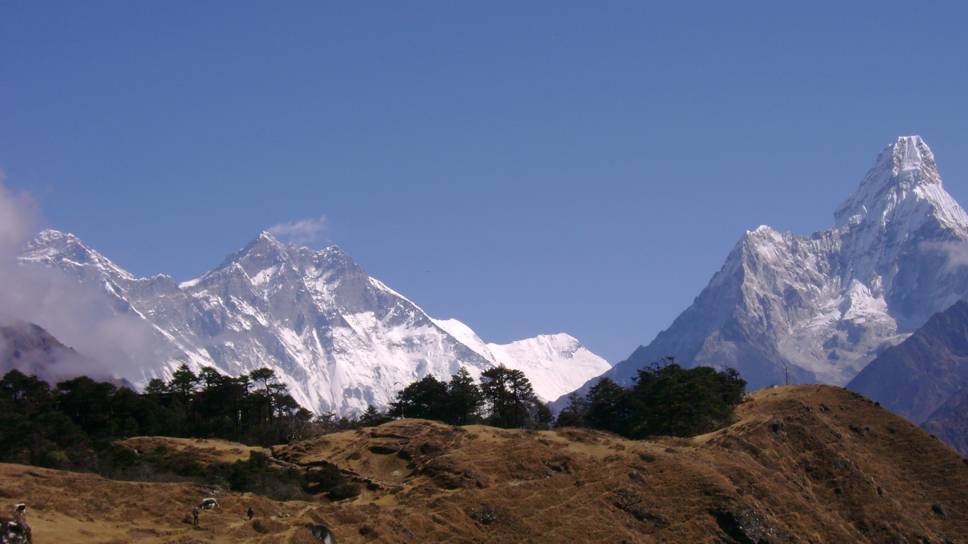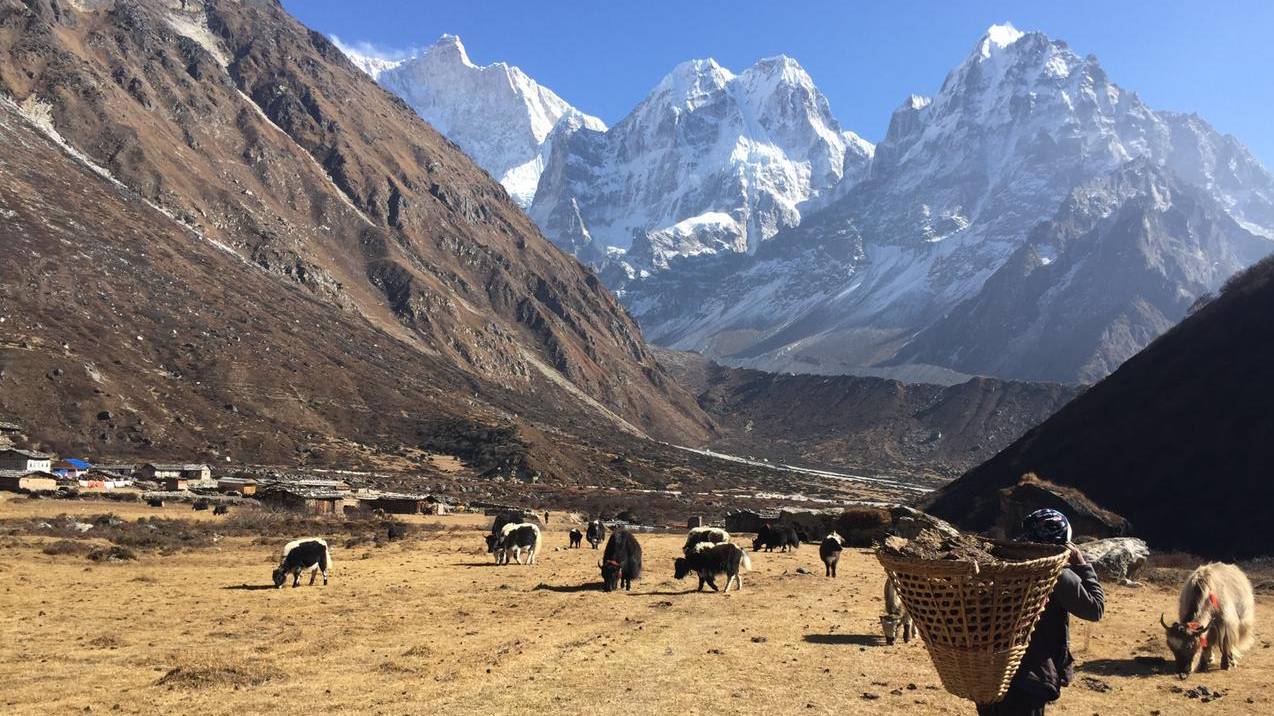Annapurna Base Camp Trek
Overview
“Trek with Team Snowy Horizon to the famous Annapurna Base Camp at the heart of the Annapurna massif and experience nature at its impressive journey which leads you toward the ultimate destination where mountaineering history was significantly influenced several times.”
Unlike the successful French climbing party in 1950, you won’t need weeks to discover the best approach to the mountain the Annapurna Massif. Our experienced guide will be in charge of navigation and you can enjoy the surroundings of Annapurna Base Camp.
The Annapurna Base Camp Trekking route leads you through the Annapurna Sanctuary where you can experience spectacular vistas of the major peaks comprising the western part of the Annapurna range. These include Hiunchuli, Annapurna I, Gangapurna, Annapurna III, Annapurna South and Machhapuchhare as a massif. These mountains form almost precisely a circle with a deep glacier-covered amphitheater at the Centre. From this glacier, the Modi Khola sneaks its way south through a narrow gorge that grows wider further south and opens up into a fertile valley, the domain of the Gurungs, an indigenous community of Nepal.
The trekking Annapurna Base Camp also leads you through numerous picturesque villages and gives you a first-hand experience of the vast cultural variety in this area. But the ultimate reward of this trek is the panorama in the very middle of the Sanctuary surrounded by towering snowy, glaciated mountains ranging between 6000 and 8000m. And as if that wasn’t enough, the sunrises and sunsets form a particular highlight with the sunlight magically ‘dancing’ on the peaks during this Annapurna Base Camp Trekking.
The Annapurna Base Camp trek is also known as The Annapurna Sanctuary Trek and the maximum altitude reached on this trek is 4,130m. The Annapurna Sanctuary trekking trail is steep in places and is thus at least a moderately challenging teahouse trek. But if you allow for enough time to ascend at your own pace, the trek is suitable for all trekkers of reasonable fitness.
A minimum of 10 days excluding Kathmandu and Pokhara valley should be allowed to complete this trek with extra days (recommended) for exploring the Base Camps and or alternative routes down, for example via Ghorepani, Poonhill and the Hot Springs of Tatopani in Myagdi district (a great reward after a challenging trek). As with all Snowy Horizon treks, they can be flexibly adjusted to your requirements. Hence please feel free to contact us any time for suggestions and advice.
Day-to-Day Itinerary:
Day 01: Arrival and Transfer to Hotel in Kathmandu (1350m).
Day 02: Rest, preparation, permits formalities and briefing in Kathmandu.
Day 03: Drive to Pokhara (950m-6 Hrs.) and transfer to Hotel.
Day 04: Drive to Nayapul (1 Hr.) and trek to Tikhedhunga (1480m-5 Hrs.), lodge.
Day 05: Trek via Ulleri (1960m) to Ghorepani (2874m-6 Hrs.); lodge.
Day 06: Explore Poonhill (3210m) and Trek to Tadapani (2630m-7 Hrs.); lodge.
Day 07: Trek to Chhomrong (2170m-6 Hrs.); lodge.
Day 08: Trek to Dovan (2600m-7 Hrs.) via Sinuwa (2340m) and Bamboo (2310m) lodge.
Day 09: Trek to Deurali (3230m-6 Hrs.) via Himalaya Hotel; lodge.
Day 10: Trek via MBC (3700m) to Annapurna Base Camp (4130m-5 Hrs.) lodge.
Day 11: Trek back from Annapurna Base Camp to Dovan (2600m-6 Hrs.), Lodge
Day 12: Trek Back from Dovan to Jhinu Danda (1740m-6 Hrs.), enjoy a natural hot spring; lodge.
Day 13: Trek from Jhinu Danda to Nayapul 6-Hrs and Drive back to Pokhara; transfer to Hotel.
Day 14: Drive to Kathmandu, transfer to Hotel; farewell dinner.
Day 15: Kathmandu to Your Port of Destination.
Day-to-Day Itinerary:
Day 01: Arrival and Transfer to Hotel in Kathmandu (1350m).
Day 02: Rest, preparation, permits formalities and briefing in Kathmandu.
Day 03: Drive to Pokhara (950m-6 Hrs.) and transfer to Hotel.
Day 04: Drive to Nayapul (1 Hr.) and trek to Tikhedhunga (1480m-5 Hrs.), lodge.
Day 05: Trek via Ulleri (1960m) to Ghorepani (2874m-6 Hrs.); lodge.
Day 06: Explore Poonhill (3210m) and Trek to Tadapani (2630m-7 Hrs.); lodge.
Day 07: Trek to Chhomrong (2170m-6 Hrs.); lodge.
Day 08: Trek to Dovan (2600m-7 Hrs.) via Sinuwa (2340m) and Bamboo (2310m) lodge.
Day 09: Trek to Deurali (3230m-6 Hrs.) via Himalaya Hotel; lodge.
Day 10: Trek via MBC (3700m) to Annapurna Base Camp (4130m-5 Hrs.) lodge.
Day 11: Trek back from Annapurna Base Camp to Dovan (2600m-6 Hrs.), Lodge
Day 12: Trek Back from Dovan to Jhinu Danda (1740m-6 Hrs.), enjoy a natural hot spring; lodge.
Day 13: Trek from Jhinu Danda to Nayapul 6-Hrs and Drive back to Pokhara; transfer to Hotel.
Day 14: Drive to Kathmandu, transfer to Hotel; farewell dinner.
Day 15: Kathmandu to Your Port of Destination.
Full Board Service Cost : Please contact us by email or call us
Cost Include
- All arrival and departure transfers to and from Airports.
- Necessary surface transport as per itinerary.
- 3 nights of hotel accommodations in Kathmandu on BB Plan.
- 2 nights of hotel accommodation in Pokhara on BB Plan.
- Experienced trekking guide during trekking.
- Strong and honest porter (s) carrying 20kg per porter.
- Tourist bus from Kathmandu to Pokhara back to Kathmandu from Pokhara.
- Pokhara-Nayapul-Pokhara private transport by car/jeep/ Hiace.
- 3 meals a day (BLD) and twin sharing teahouse accommodation during the trekking.
- Annapurna Conservation Area Project (ACAP) entry fees.
- TIMS (Trekkers’ Information management system) card.
- All wages, equipment and Insurance for the involved staffs.
- First Aid medical kits for the group and the staffs.
- All necessary paper works and Government taxes levied in Nepal
- Complete pre-departure information.
- Farewell Dinner before departure.
- Snowy Horizon T-Shirt/Souvenir.
- Our service Charges.
Cost Exclude
- Lunch and dinner in Kathmandu and Pokhara.
- Emergency rescue evacuation if required.
- Personal accident insurance or Helicopter rescue.
- Any kind of Alcoholic, hot and cold drinks, hot water, etc.
- Laundry, phone calls, Internet uses, etc.
- All kinds of Personal Nature Expenses.
- Any others expenses which are not mentioned in the Cost Includes section.
- Tips, gifts, souvenirs.
Notes
- The itinerary is changeable and modifiable as per the needs and time frame of trekkers.
- The cost will be re-calculated if the itinerary is changed or modified.
- Additional activities may be added as per trekkers' request with appropriate additional cost.
- The cost may also be affected due to the requirement for a number of guides and porters.
- For any kind of change please contact us by mail or call.
- Grade: Moderate
- Elevation: 4130m
- Location: Annapurna Region
- Season: autumn (September to December) & spring (February to May)
- Duration: 15 Days
- Group Size: 02-15 person per Group

